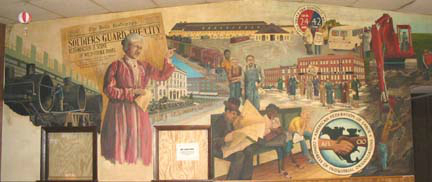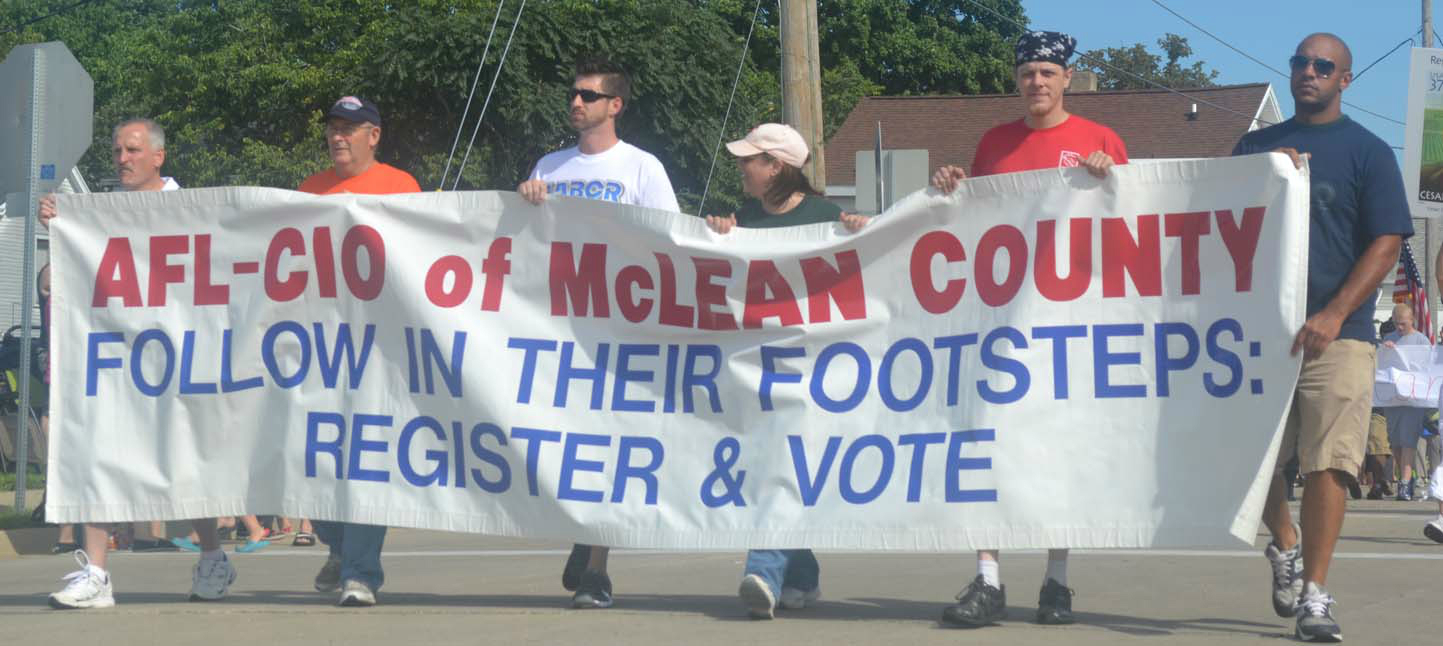|
A new word, “opioid” has entered the American vocabulary, a catch-all for addictive pain killers like Oxy-Contin that often lead sufferers to heroin, crime and a downward spiral.
While African-Americans were targeted with the crack cocaine epidemic, it is white people with a high school education who are dying today.
In Deaths of Despair the authors take a close look at the middle-aged, high school graduate, white working class, suffering from unprecedented rates of alcoholism, drug addiction and suicide. Comparing them to those who completed a bachelor’s degree, why are more middle-aged white men showing up in obituaries?
Life expectancy has risen over the past century; for this demographic it’s trending downward.
With careful statistical scrutiny, a compelling case is laid out. As the industrial economy collapsed and wages and job opportunities fell, high school graduate white men found their lives meaningless.
Highlighted with regional maps, charts and careful analysis, the authors examine myriad causes—expensive and inaccessible health care, decreased union membership, lower church attendance and most especially, falling wages, to explain the troubling trend.
Those in the same age group with a college degree are living longer, not committing suicide, not addicted and not suffering the pain.
The authors are not claiming that everyone needs to go to college. Rather, the capitalist U.S. economy has dramatically shifted. Those with higher education are valued and needed, those without face limited opportunities. The good jobs in unionized manufacturing and mining have disappeared through plant shut-downs, off-shoring and automation.
Losing decent employment, white men also lose their self-esteem. The social systems that bolstered people in the past — unions, church and marriage — are also shrinking, leaving white men isolated without moral support.
The authors note that African-American men went through the same spiral 20 years earlier. Many African-Americans who came north found union industrial jobs and created community. They were the first victims of deindustrialization, leading to broken homes, single parents and men unable to support their families.
The authors also caution those with a college education — they might be the next victim of economic change.
The authors are pro-capitalist and not socialist. They excoriate the health care industry for putting profit before human care. They are not in favor of socialized medicine, but do offer alternatives, noting that Americans pay more for health care than other nations.
European and other economically advanced nations have also seen industries close—yet their working classes are not in despair. What’s different?
The U.S. should have earlier offered comprehensive retraining, income support and alternatives for economic change victims. Rather, the U.S. individualist ideology lets people sink or swim — and many are sinking.
Rather than just outlining what is happening to the demographic of white men 45 to 55, the authors use this as an example of what can happen to anyone as the economy shifts.
Solutions
Their solutions include reforming the pharmaceutical industry to place human need before profit, particularly passing off dangerous drugs like opioids as safe. Expensive health care costs pull down wages—making profit the priority. They don’t advocate socialized medicine but do encourage Americans to look abroad for lower cost systems that function well. Besides unionization, they call for corporations to include worker representatives on their boards. They contend the American safety net is frazzled and weak, blaming individuals for their personal economic failure and not the system that pushes people into poverty.
Corporate political power and monopoly practices need firm government oversight, including strong anti-trust rules. This will mean breaking corporate political lobby power.
A $15 minimum wage will help cushion the transition from an industrial to a service economy. They also advocate for reforming for education system, which is oriented toward the third of students who complete college, to include apprenticeship and other viable alternatives.
Robin Hood in reverse
Continually, they cite a “reverse Robin Hood” in American capitalism — taking from the poor to bolster the rich.
In their conclusion, the authors write:
“The deaths are not inevitable. They are not happening at anywhere near this scale in any other wealthy country. The organization of the American healthcare system is disaster for the harm it does to health, but even more because it is draining the livelihoods of Americans in order to make a rich minority richer. Pharmaceutical companies are reaping enormous profits from their patients’ addictions, ...as trade and automation have made working-class people more vulnerable, corporations and legislators have not taken the opportunity to strengthen the safety net ... If anything, they have taken the opportunity to exploit labor’s weaknesses, reducing wages and distributing income upward, away from labor and toward capital, ...The Sheriff of Nottingham has taken up residence in Washington, D.C. and the good cops have left town. Robin Hood is nowhere to be seen.”
Deaths of Despair: and the future of Capitalism, by Anne Case & Angus Deaton, Princeton University Press, 2020
ISBN: 13:978-0-691-19078-5
Reviewed by Mike Matejka
|



